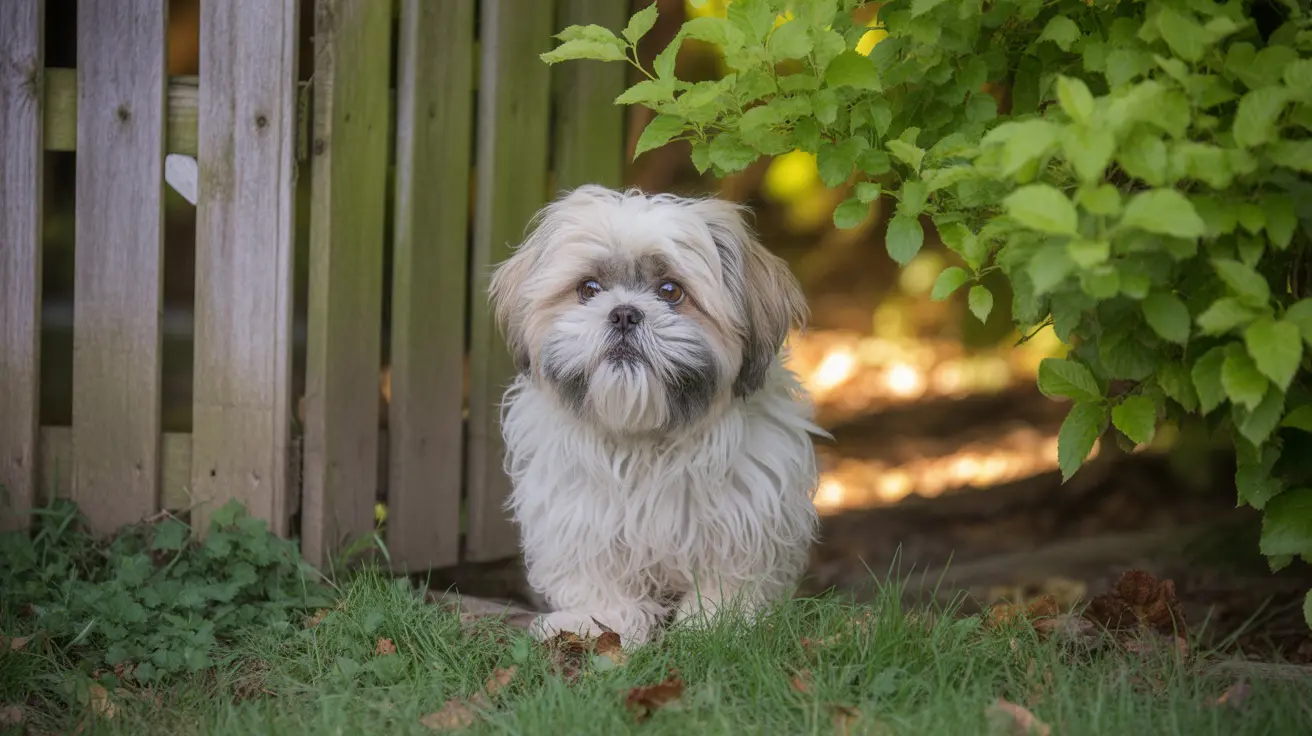How Many Toes Do Dogs Have? A Detailed Look at Canine Paws
If you've ever examined your dog's feet, you might've noticed a curious arrangement of toes. Most dogs sport 18 toes in total: five on each front paw and four on each rear paw. But as with much in the animal world, there's more nuance beneath the surface.
The Standard Toe Count
For the majority of breeds, here's how the math breaks down:
- Front paws: Five toes each. The fifth toe is called the dewclaw, which sits higher up on the inside of the leg and doesn't touch the ground during normal walking.
- Rear paws: Four toes each. Most breeds lack dewclaws here, but exceptions exist.
This configuration gives most dogs a total of 18 toes. The dewclaw is sometimes compared to a human thumb and can help with gripping objects, scratching itches, or even providing extra traction when running or climbing.
Dewclaws: Not Just for Show
Dewclaws are more than just vestigial digits. On the front legs, they're often attached by bone, which means they can serve real functions—like helping a dog stabilize itself while running at high speeds or turning sharply. Some owners notice their dogs using dewclaws to hold bones or toys.
However, not all dewclaws are created equal. While most breeds only have them on their front legs, certain breeds—especially those bred for challenging terrains—may also have rear dewclaws. In rare cases, these may be doubled.
Breeds with Extra Toes
Some breeds are genetically predisposed to having extra toes—a condition called polydactyly. This trait is often encouraged in breeds adapted for rough or snowy environments since additional digits can provide better stability and traction.
- Beauceron
- Briard
- Estrela Mountain Dog
- Anatolian Shepherd Dog
- Icelandic Sheepdog
- Portuguese Sheepdog
- Saint Bernard
The Norwegian Lundehund stands out as an extreme example—it boasts six toes on each foot (for a total of 24), which helps it climb rocks while hunting puffins.
The Purpose—and Perils—of Dewclaws
Dewclaws can be useful but also pose risks if they're loosely attached (by skin rather than bone). These less-secure dewclaws are more prone to injury; they might dangle and get caught on things, leading to tears or other trauma. For this reason, breeders or veterinarians sometimes remove them—typically when puppies are just a few days old. If removal happens later in life or if the dewclaw is firmly attached, anesthesia and sutures may be necessary.
- Dewclaw removal is usually only recommended if they're loosely attached, injured, or at risk for future problems.
- Healthy front dewclaws that are well-attached generally shouldn't be removed without medical cause—they help support the carpus (wrist) and provide stability.
Paw Care: Keeping Toes Healthy
If your dog keeps its dewclaws, regular nail trims are crucial. Because these claws don't touch the ground during walks, they don't wear down naturally and can quickly become overgrown or even ingrown. Overgrown dewclaws may cause discomfort or infection if not properly maintained.
- Check your dog's paws frequently for signs of overgrowth or injury.
- Trim dewclaw nails regularly—just like you would with other toenails.
Limb Development and Genetics
A dog's limb development begins around day 23 of gestation. Genetic mutations can lead to polydactyly (extra toes), but most dogs with this trait don't require treatment unless complications arise. Dogs walk on their toes—a posture known as digitigrade—which allows their paws to absorb shock and provide traction across various surfaces.
Paw Anatomy Recap: The Key Points
- The typical dog has 18 toes: five per front paw (including one dewclaw), four per rear paw.
- Dewclaws are usually found only on front legs but may appear singly or doubly on rear legs in certain breeds.
- The Norwegian Lundehund is unique with six toes per foot (24 total).
If you're ever unsure about your own dog's toe count—or whether those extra digits should stay—talk with your veterinarian. Each breed's needs can differ based on genetics and lifestyle.





